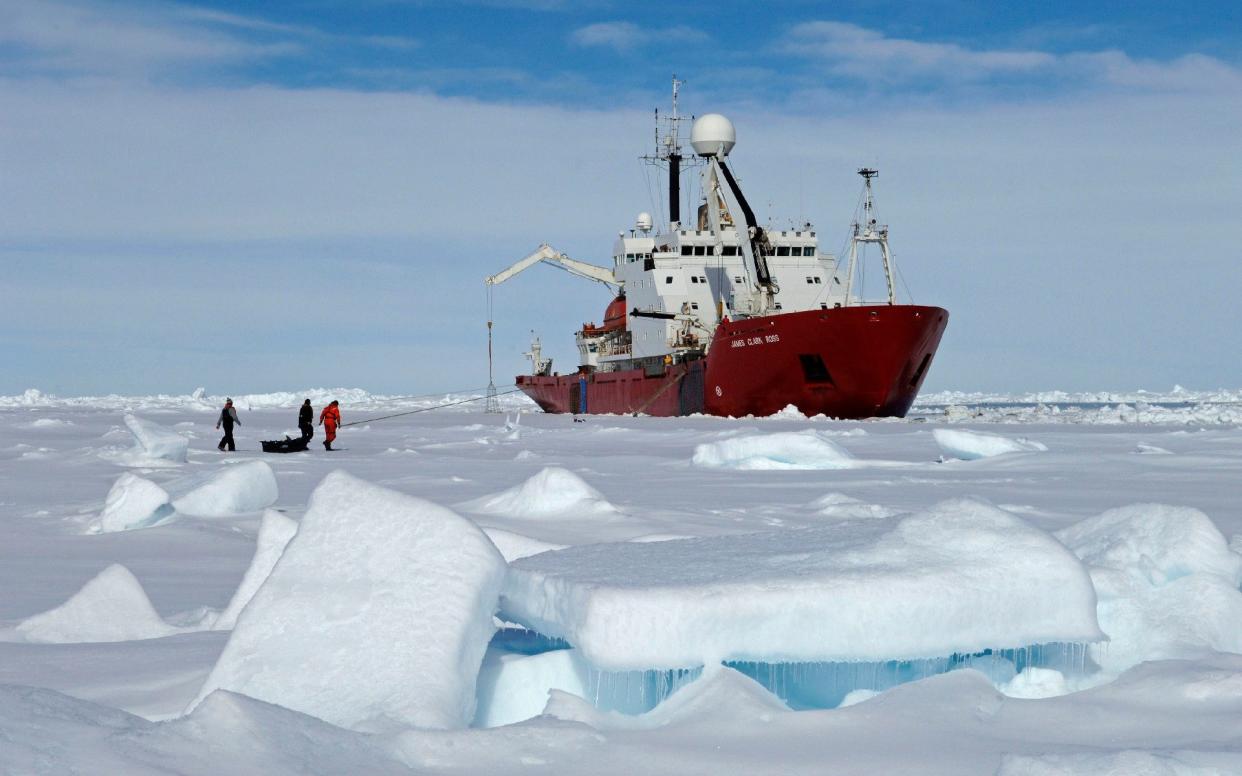'Doomsday Glacier' melting quickly from the inside, British Antarctic Survey shows

A team of British and American scientists have for the first time mapped the area around Antarctica’s ‘doomsday glacier’ in a bid to understand why it is melting so rapidly.
Thwaites glacier, which is roughly the size of Great Britain, accounts for 4 per cent of world sea level rise each year, and is melting at an accelerating rate.
Scientists have now mapped the channels surrounding the glacier which they believe are providing access for warm water that is causing it to melt.
They have discovered they are much deeper than previously believed, up to 600m deep.
“Think of six football pitches back to back," Dr Kelly Hogan from the British Antarctic Survey (BAS), told the BBC.
The scale of the channels means they are allowing vast amounts of water in that attack the underside of the glacier’s ice.
A team of UK and US scientists travelled to West Antarctica in 2019 on a five-year £20m mission to find out why the Thwaites Glacier is melting so rapidly, losing around 8 times as much ice annually as it did in the 1990s.
Their work was interrupted by the Covid-19 crisis, as the remoteness of the glacier, some 1,000 miles from the nearest research base, meant scientists could not be helped if they fell ill.
Described as the most vulnerable place in Antarctica, the glacier would add 65cm to global sea levels should it collapse, and could cause a domino effect on other parts of the West Antarctic Ice Sheet.
Sea level rise is predicted to be particularly devastating for East Asia and the Pacific, with more than a quarter of the population of Vietnam facing inundation if the entire West Antarctic ice sheet were to collapse.
Scientists on the project hope they will ultimately be able to predict the trajectory of the melting ice, and what the knock-on effects might be.

 Yahoo News
Yahoo News 
